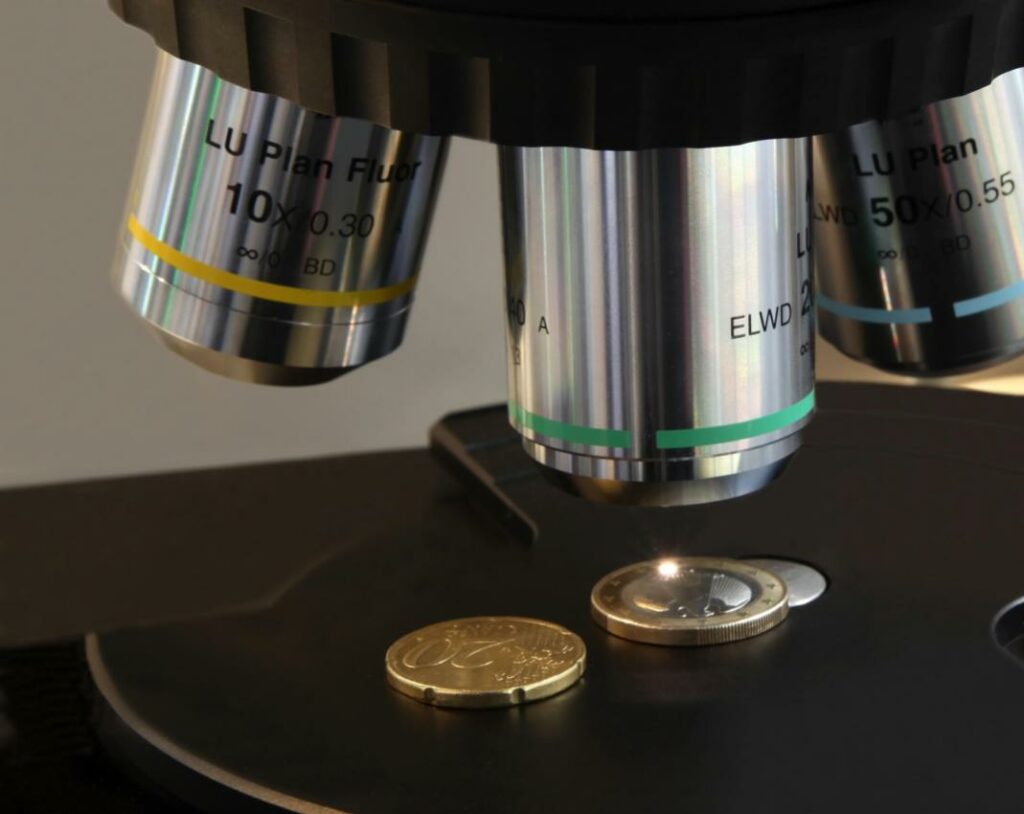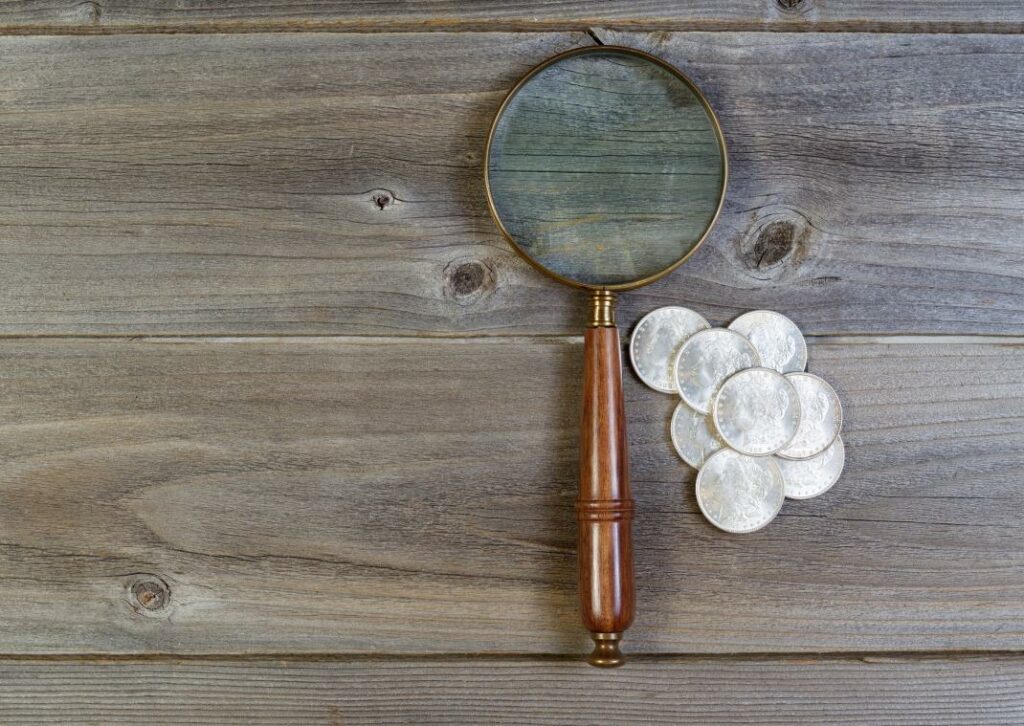Coin Grading
To someone new to numismatics, paying $200 (or even $200,000) for a coin that is worth $1 at face value seems a bit odd. But, remember, many collectibles are worth as much as someone is willing to pay for it. And, when it comes to rare coins, its condition has a lot to do with its value. A coin struck as a proof or early in a production run will typically have a higher value than, say, one with dull features from being struck towards the end of the production cycle with a worn die.
Early on in coin grading, a three-tiered system was used (good, fine, uncirculated). While these are decent descriptions when buying a coin of small value off an auction website such as eBay, a slight difference of condition and quality can mean thousands of dollars in the value differences. Therefore, a 70-point scale is now used to objectively determine a coin’s grade. (This 70-point scale should not be confused with a coin’s scarcity or desirability, although those are also factors in determining a coin’s final value.)

As we mentioned previously, the reason you would want to have a coin graded is that a slight difference in its quality can dramatically increase or decrease its value. That is why working with a trusted, licensed dealer such as Paul at P&G Jewelry & Coin is a better alternative to going blindly into a sale. And, if Paul is unable to give the coin (or collection) a solid grade, he can recommend third-party, independent numismatic experts who would be happy to work with you.
Need to have a coin or collection graded?
Visit P&G Jewelry & Coin to have your coins graded. We’re licensed, bonded, and will give you a realistic price on your coin—or even an entire collection!

